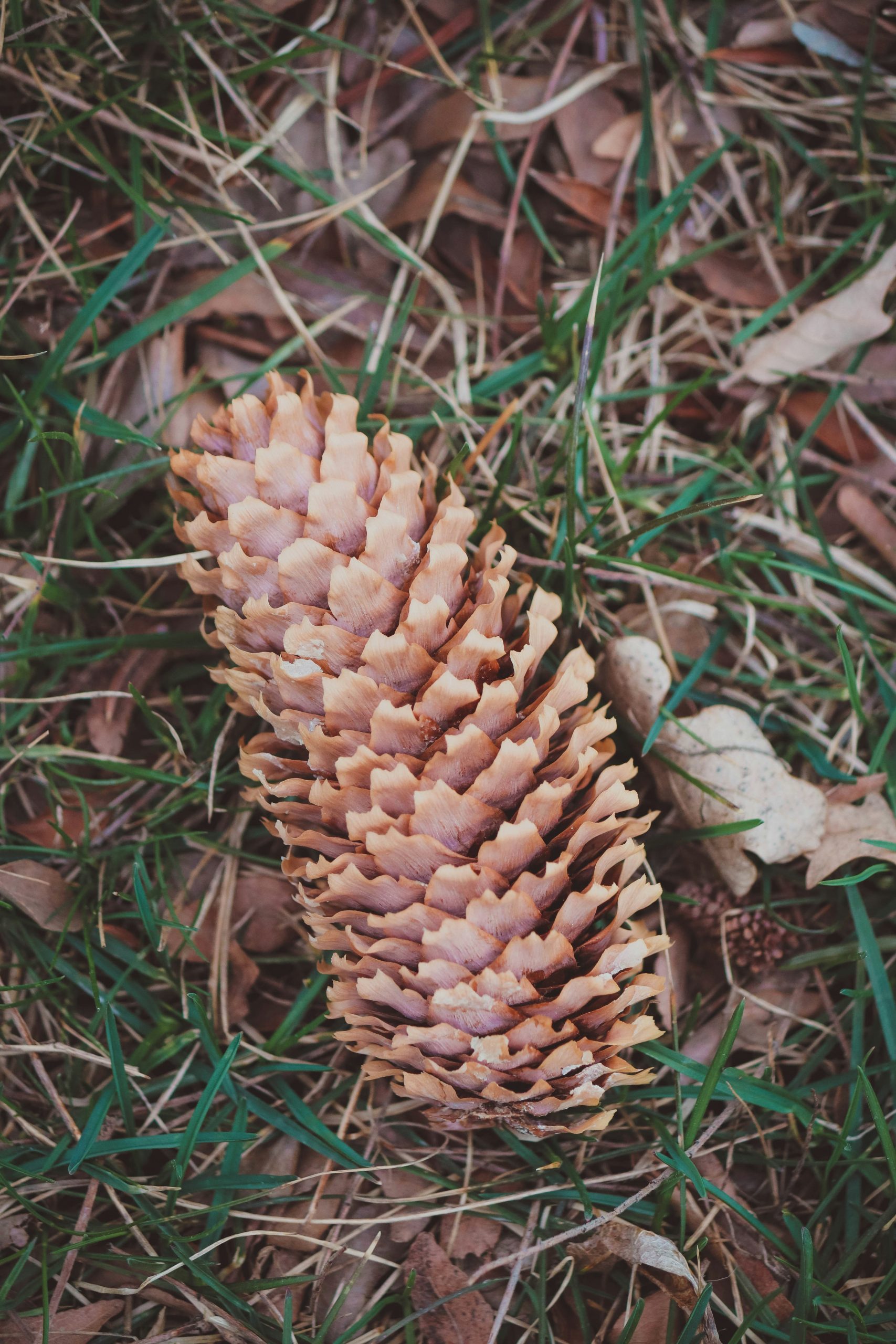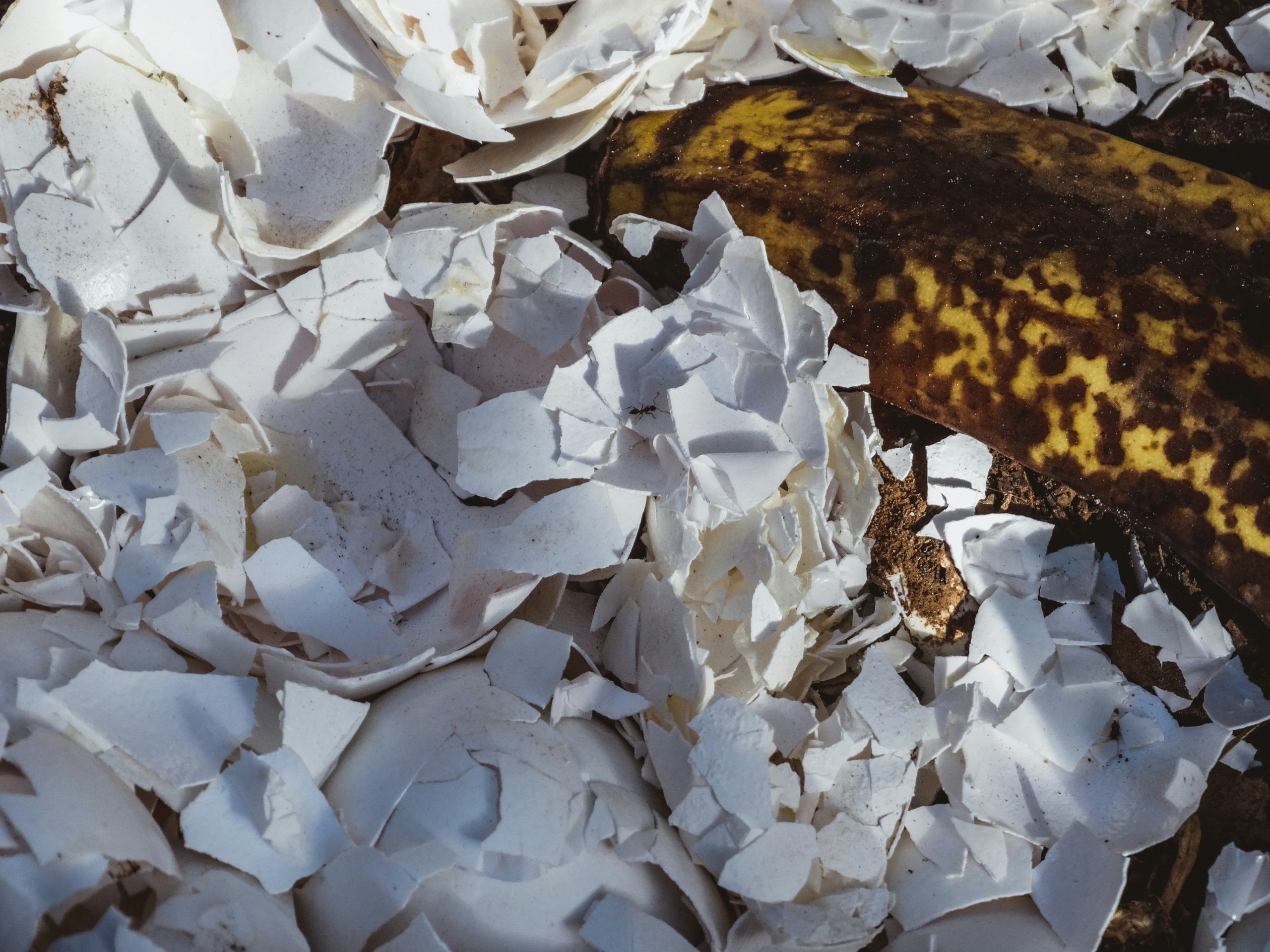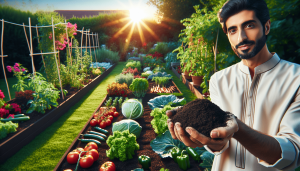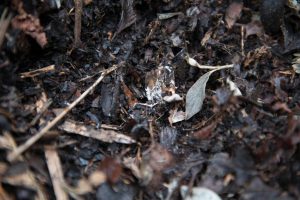In the article “Can I Compost Grass Clippings?”, we explore the do’s and don’ts of adding this common yard waste to our compost pile. Composting grass clippings can be a fantastic way to recycle nutrients back into our garden soil, but it comes with a few considerations to ensure success. Together, we’ll delve into the best practices for composting these green materials, including how to balance them with brown materials and avoid potential pitfalls like odor and matting. By the end of our discussion, we’ll feel confident in transforming our grass clippings into rich, nourishing compost. Have you ever found yourself wondering, “Can I compost grass clippings?” If so, you’re in good company! Many of us have lush lawns that generate plenty of grass clippings, which can quickly become overwhelming. But what if we told you that these clippings could be transformed from yard waste into a valuable resource for our gardens? Intrigued? Let’s dive deeper into the topic of composting grass clippings and help you make the most of your lawn maintenance routine.

What is Composting?
Before we delve into the specifics of grass clippings, let’s ensure we’re all on the same page about composting. Composting is the natural process of recycling organic material, such as leaves and food scraps, into a rich soil amendment known as compost. Through composting, we can reduce the amount of waste heading to landfills and enrich our gardens with nutrient-packed soil. Sounds like a win-win, right?
The Basics of Grass Clippings
Grass clippings, the bits of grass that are left after mowing, are abundant in many households, especially during peak growing seasons. If you’re an avid gardener or simply someone looking to cut down on waste, understanding how to correctly manage these clippings is crucial.
Nutritional Content of Grass Clippings
Grass clippings are more than just cut blades; they contain a wealth of nutrients that can benefit our compost heaps and gardens. These tiny green pieces are rich in:
| Nutrient | Function in Compost |
|---|---|
| Nitrogen | Accelerates decomposition, crucial for healthy plant growth |
| Phosphorus | Supports root development and flower production |
| Potassium | Helps build strong plant cells, improving disease resistance |
On top of these nutrients, grass clippings also offer organic matter, which improves the soil’s texture and water retention.
Can I Compost Grass Clippings?
The answer to this question is a resounding yes! However, like most good things in life, it comes with some guidelines to ensure success. Simply tossing grass clippings into a compost pile might lead to problems if not done correctly. Let’s explore how to compost grass clippings effectively.
Benefits of Composting Grass Clippings
Why should we bother composting grass clippings in the first place? Here are some compelling benefits:
- Waste Reduction: Instead of sending clippings to the landfill, we can recycle them right in our backyards.
- Soil Enrichment: Grass clippings contribute valuable nutrients to our compost, which in turn benefits our gardens.
- Water Retention: Compost improves soil structure, thereby enhancing its ability to retain water and reducing the need for frequent watering.
Steps to Compost Grass Clippings
Turning grass clippings into rich compost requires a little bit of know-how. Below, we’ll walk you through the key steps to ensure a healthy compost pile.
Step 1: Mow Frequently
One of the first steps is to mow frequently. By regularly mowing and using a mulching mower, the grass clippings are shorter and decompose more quickly. Long grass can mat up, excluding air from the pile and hindering the composting process.
Step 2: Mix With Other Materials
Grass clippings are considered “greens,” meaning they’re high in nitrogen. To balance our compost pile, we need to mix these with “browns,” which are high in carbon. Browns include materials like dried leaves, straw, and cardboard.
| Material Type | Examples | Carbon/Nitrogen Ratio |
|---|---|---|
| Greens | Grass clippings, vegetable scraps | High in nitrogen |
| Browns | Dried leaves, straw, cardboard | High in carbon |
A balanced compost pile typically has a ratio of about 2:1 browns to greens. This balance helps to speed up decomposition and reduce potential odors.
Step 3: Turn the Pile Regularly
Aeration is key to a healthy compost pile. By turning the pile once a week, we introduce oxygen, which is essential for composting microorganisms. Using a garden fork or a compost turner, mix the pile thoroughly to ensure even decomposition.
Step 4: Monitor Moisture Levels
Our compost pile should be as moist as a wrung-out sponge. Too much moisture can cause the pile to become waterlogged and anaerobic, leading to bad odors. On the other hand, a dry pile will slow down decomposition. If our pile is too dry, we can add water. If it’s too wet, we can add more browns to balance it out.

Avoiding Common Composting Mistakes
While composting grass clippings is straightforward, there are some common pitfalls to watch out for. Let’s address these to keep our compost piles healthy and productive.
Overloading on Grass Clippings
Grass clippings alone can mat together into a dense layer, preventing proper airflow and leading to an anaerobic environment. This often results in foul odors and a slower composting process. The solution? Mix grass clippings with other organic materials to ensure good aeration and maintain a balanced compost pile.
Using Pesticide-Treated Grass
If we’ve treated our lawns with pesticides or herbicides, it’s best to avoid composting these clippings. These chemicals can persist and potentially harm the beneficial microbes in our compost and, eventually, our garden plants. Organic gardening practices are recommended to ensure safe composting materials.
Ignoring the Size of Grass Clippings
Allowing grass to grow too long before mowing can create clippings that are more difficult to compost. Smaller clippings decompose faster and more evenly. Therefore, regular mowing can help maintain manageable clipping sizes.
Alternatives to Composting Grass Clippings
Not quite ready to dive into composting? No worries! There are several other ways we can responsibly manage our grass clippings without sending them to the landfill.
Grasscycling
Grasscycling is the practice of leaving grass clippings on the lawn after mowing. This method can save time, reduce waste, and provide nutrients directly back to the soil. Below are some tips for effective grasscycling:
- Use a Mulching Mower: This type of mower cuts grass into smaller pieces, allowing them to decompose quickly.
- Mow Frequently: Regular mowing prevents long clippings that can smother the lawn.
- Avoid Cutting Wet Grass: Wet grass can clump together, making it harder to distribute evenly.
Mulching
Grass clippings can also be used as mulch in garden beds. When spread thinly over the soil surface, they help retain moisture, suppress weeds, and eventually decompose to enrich the soil. However, we should avoid using thick layers of clippings as they can mat and reduce airflow.
Feed for Livestock
For those of us with livestock, grass clippings can serve as a nutritious feed. However, it’s crucial to ensure the grass hasn’t been treated with harmful chemicals.

Designing a Smart Composting System
If we’re serious about composting, designing an efficient composting system will make the process smoother and more effective. Let’s look at how to set up a smart composting system.
Choosing a Compost Bin
There are many compost bin options available, from simple DIY setups to elaborate commercial bins. Here’s a quick overview of common choices:
| Bin Type | Pros | Cons |
|---|---|---|
| Traditional Compost Bin | Inexpensive, customizable | Requires manual turning, longer decomposition time |
| Tumbling Compost Bin | Easy to turn, faster decomposition | Higher initial cost, limited capacity |
| Worm Bin (Vermicomposting) | Produces high-quality compost, suitable for small spaces | Requires more maintenance, limited capacity |
Placement of the Compost Bin
When choosing a location for our compost bin, it’s important to consider:
- Accessibility: Place the bin somewhere convenient, making it easy to add materials and turn the pile.
- Sunlight: Partial sun helps to maintain warmth without drying out the pile too quickly.
- Drainage: Ensure the bin is placed in an area with good drainage to prevent waterlogging.
Understanding the Composting Timeline
Our compost pile won’t transform overnight. Understanding the composting timeline can help us set realistic expectations and monitor progress.
Early Stages (0-3 Months)
In the initial weeks, microorganisms like bacteria and fungi get to work breaking down the organic materials. We might notice the pile heating up, indicating active decomposition. Frequent turning and moisture monitoring are crucial during this stage.
Middle Stages (3-6 Months)
By this time, the pile should start to shrink as materials break down. We’ll see fewer recognizable grass clippings and other ingredients. Regular turning remains important to maintain aeration.
Mature Compost (6-12 Months)
After about six months to a year, our compost should be dark, crumbly, and have an earthy smell. At this stage, it’s ready to use in our gardens!
Troubleshooting Common Composting Issues
Even with the best practices, we might occasionally face challenges. Here are some common composting issues and how to solve them:
Bad Odors
Causes: Lack of aeration, too many greens, or excessive moisture Solution: Turn the pile more frequently, add more browns, and check for proper moisture levels.
Slow Decomposition
Causes: Imbalance of greens and browns, insufficient turning Solution: Adjust the ratio of materials, ensure the pile is getting enough air, and maintain proper moisture.
Pests
Causes: Incorrect materials (e.g., meat, dairy), food scraps not buried Solution: Only compost appropriate materials, and ensure food scraps are well-covered in the pile.
Using Finished Compost
Once our compost is ready, it’s time to put it to good use. Here are some ways we can use finished compost in our gardens:
Soil Amendment
Mix compost into garden soil to improve texture, increase nutrient content, and enhance water retention.
Mulch
Spread a layer of compost around plants to suppress weeds, retain moisture, and provide slow-release nutrients.
Compost Tea
Create a nutrient-rich liquid by steeping compost in water. This “compost tea” can be used to water plants and give them a nutrient boost.
The Environmental Impact of Composting
By composting grass clippings and other organic materials, we’re not just enriching our gardens; we’re also making a positive impact on the environment.
Reducing Landfill Waste
Organic waste decomposes anaerobically in landfills, producing methane—a potent greenhouse gas. By composting, we significantly reduce the amount of waste headed to landfills and lower our carbon footprint.
Conserving Resources
Composting at home reduces the need for chemical fertilizers and pesticides. This practice conserves resources and promotes a healthier ecosystem right in our own backyards.
Enhancing Soil Health
Healthy soil supports a diverse range of plant life and microorganisms. By adding compost, we enhance soil health and contribute to a more vibrant garden ecosystem.
Conclusion
Composting grass clippings is not only possible but also incredibly beneficial for our gardens and the environment. By following the steps and guidelines outlined in this article, we can turn yard waste into a valuable resource that enriches our soil and supports sustainable gardening practices. So, the next time we’re left with a heap of grass clippings after mowing, let’s remember: they need not go to waste. With a bit of effort and know-how, they can be transformed into the black gold that’s compost.
We hope this article has cleared up any questions and provided the information needed to confidently compost grass clippings. Happy composting!



